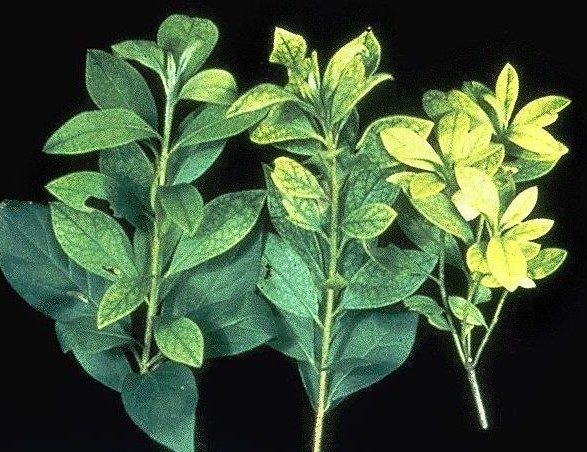IRON IN PLANT NUTRITION
Iron plays a role in enzyme activity and synthesis of chlorophyll in plants and is necessary for the growth of young leaves in plants. Although it is found in almost all of the soils, the plant cannot take it because it is in a form that the plant cannot take, inability to take it due to soil washing, and generally the iron clings to the lower parts of the soil, and a deficiency is observed.
Depending on the high pH in the soil, the iron turns into a form that plants cannot take (the mentioned pH range is 7.2-8.5). Calcium accumulation in the soil plays a major role in the increase in salinity today. The acidity of fertilizers used in agriculture is of great importance in solving the pH problem.
In soils with high pH, iron turns into solid forms in the presence of oxygen hydroxide and carbonate ions. It does not dissolve in water and cannot be taken by the roots of the plant.
Plants cannot benefit from iron in places where the ground water, which has not been treated for a long time, is close to the ground water. If there is heavy metal excess in the soil, it prevents iron intake.

